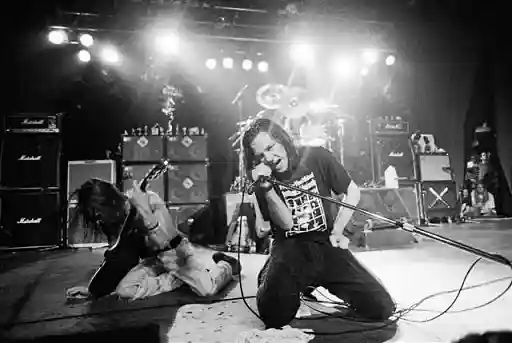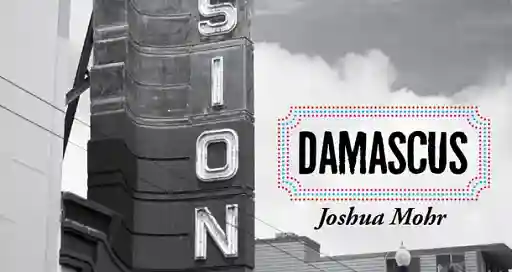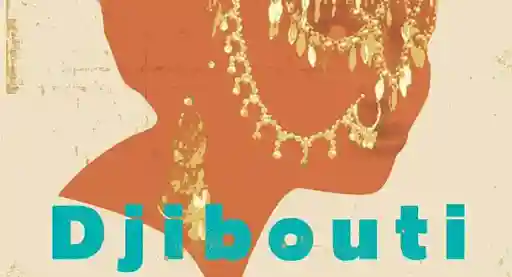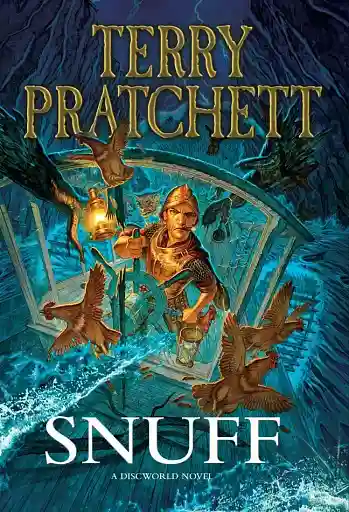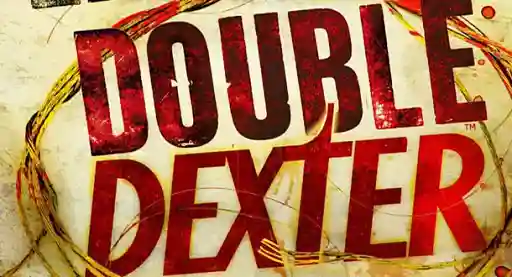Photo via author's website
Tim Waggoner follows up his 2020 Bram Stoker Award winning Writing in the Dark with Writing in the Dark: The Workbook. I read Writing in the Dark when it was first released, and I remembered thinking what a valuable guide it was for new writers in the horror genre, as well as those seeking a refresher. Therefore, I was very glad to see Waggoner create a companion to further expand on his ideas.
In the introduction, Bram Stoker Award winning author Michael A. Arnzen tells us this book isn’t meant to be read, because it’s a workbook, so we have to do the actual work. He goes on to remind us that Waggoner is a professor and a mentor in the horror writing community. And while this book isn’t positioned as a guide to teach you how to outline or format a manuscript, what it does do is help you not only write like a horror author, but think like one as well. What many of these exercises do is pose the question to you, the writer, of why you think the way you do about particular facets within the genre, and are you comfortable, perhaps, with trying something different? I think it’s this area, where Waggoner asks us to experiment and stretch our range as horror writers, that is particularly helpful.
If you have already read Writing in the Dark, this workbook is designed to follow the same organizational structure. I’m not an organized writer. I’m not even organized in my personal life. I’m a chaotic person. I know, it’s awful to admit, but I own my fatal flaws. So, what I particularly appreciate about this book is that, of course, it’s a workbook, so by its very nature you should feel encouraged to write in it, take notes, and highlight passages. Additionally, you do not have to complete the exercises in order. You can skip around, skim exercises, go to others and work through those, and come back. It’s totally flexible and I like that. I’m all for complete freedom when it comes to learning and creating.
Waggoner also brings back one of the most popular features of the first edition: short interviews with horror professionals. There are dozens of them, containing such wonderful insights. Full-disclosure, I’m one of the authors included. I talk about the benefits of creating a character guide via a character interview, and the miracle of using a timer for writing sprint sessions. My favorite author interview is with Grady Hendrix, bestselling author of The Final Girl Support Group, who writes about his schedule book where he has recorded his word count in paper, pencil and pen for years, and how this simple process —keeping track of his daily work schedule, and how many hours he has devoted to answering emails, and so on — has helped him improve his productivity, because at the end of the day he’s able to sit back and see what he has accomplished.
I personally worked through quite a few of the exercises in this book. I’ve just finished writing two novels and am in the process of outlining a novella and working through another novel (I know. I’m chaos incarnate and own it), and so I wasn’t sure if I should do the exercises with any of my current WIPs in mind. I kept it all open and tried to follow Waggoner’s lead throughout, which worked wonderfully, while also occasionally thinking about my current projects and how the exercises could benefit them.
The exercises are the strongest feature of this book, and include questions Waggoner asks you to really explore. For example, at one point he asks you to list five of your favorite horror movies, books, or stories, and then write down why. In turn, he asks you to list your five least favorite, and to answer why as well. All of this builds to you developing your own personal horror landscape. We are here because we love horror, but why? What facets within the genre do we enjoy? By being honest with ourselves in answering these questions—what we love and why, and what we don’t love and why—we’re able to chart this landscape, eventually building a profile of ourselves as horror writers, and perhaps pinpointing areas where we might be lacking and could benefit from improvement. This particular exercise ends with developing our own horror mission statement, stating what horror means to us and what we hope to accomplish with our fiction. It sounds so simple, but how many of us have actually thought through why it is we love horror, why we write horror, why we write the type of horror that we do, and what we hope to achieve with our horror writing career?
Think about it and write it down.
One of the strongest lessons Waggoner provided in his first book was when he spoke about the unknown, and how when something is unknown that makes it scarier. He believes that over-explanation, whether in horror films or stories, weakens the fear and the narrative, and I agree. In this book he walks the reader through exercises that can help them maintain some of that mystery of the unknown. Additionally, when we come to the chapter on violation and what we believe to be reality, Waggoner explains that there are degrees of violation. One of the examples he uses is, imagine you walk into the kitchen and there is a person at the sink washing something. You assume it’s a plate or dish or utensil, but what if it’s a head? That event is a violation of what we believed should be occurring in that scenario.
The personal exploration questions are also strong, where Waggoner asks us to explore what our fears were and are, and what we think they may be later on. We address tropes and have an opportunity to redevelop those, while also further exploring our favorite monsters. There are exercises on the degrees of horror from quiet to extreme, and we’re given an opportunity to write about each. There are also exercises on writing sex scenes, exploring pain, action, atmosphere and style.
Additionally, Waggoner talks about recognizing language, and the power of language, and that we should be checking for instances of sexism, racism, transphobia, ageism, ableism, classism, and so on within our work
There is a lot to explore in this workbook, and a lot of questions that we may have heard or seen asked on social media, but probably haven’t taken the time to sit down and truly think about and write through.
The overall value here is that you’re not alone. You’re with an award-winning horror author and professor, and you’re being asked questions to help develop your style and your preference. You’re not being told what to do, per se. You’re being helped to explore the wide field of horror and you have Waggoner there with you, as well as dozens of other horror authors who have provided wonderful insights in their interviews.
Get Writing in the Dark: The Workbook at Bookshop or Amazon
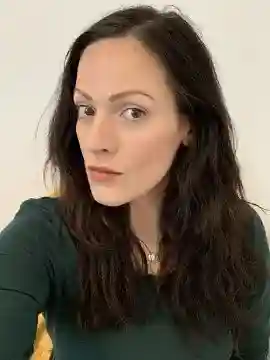
About the author
Cynthia Pelayo is a Bram Stoker Award winning and International Latino Book Award winning author and poet. Pelayo writes fairy tales that blend genre and explore concepts of grief, mourning, and cycles of violence. She is the author of Loteria, Santa Muerte, The Missing, Poems of My Night, short stories, poems, and more.
